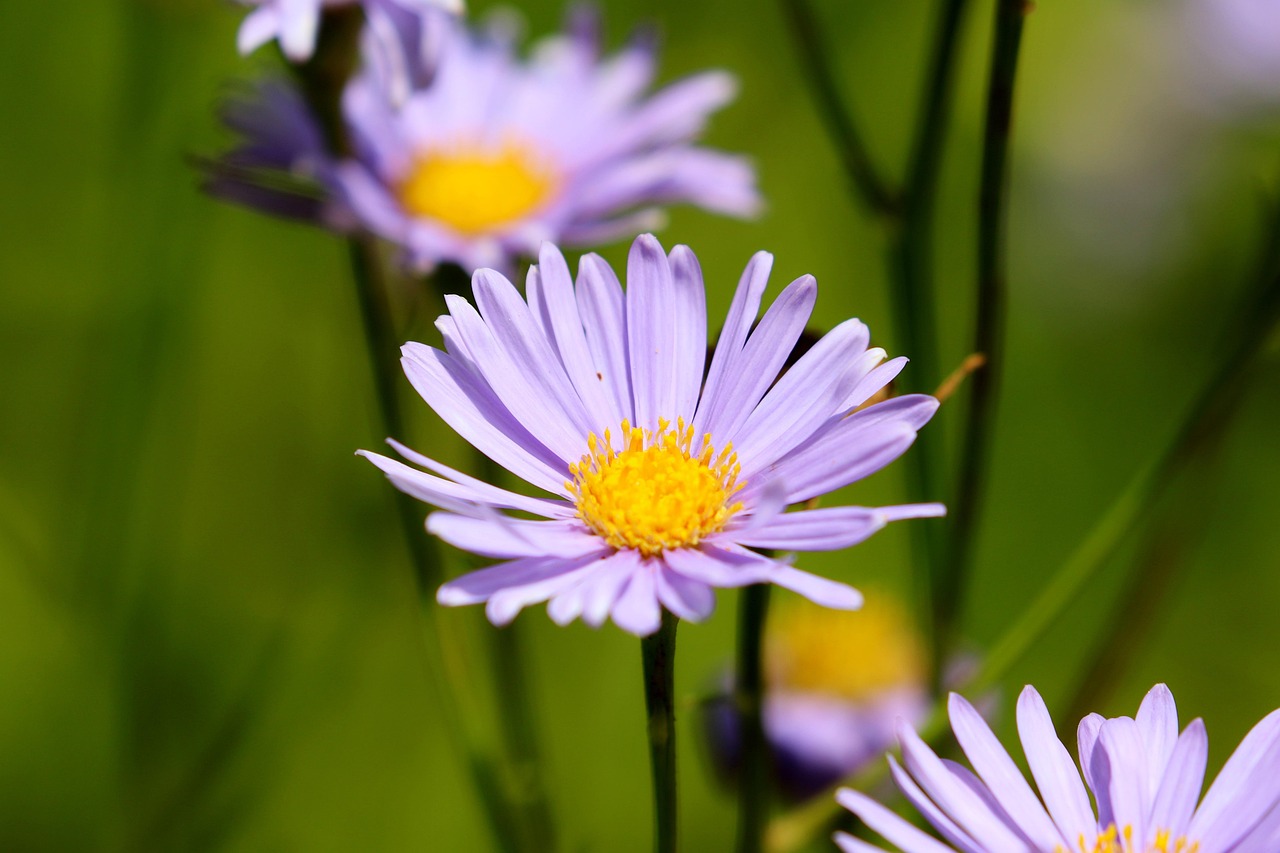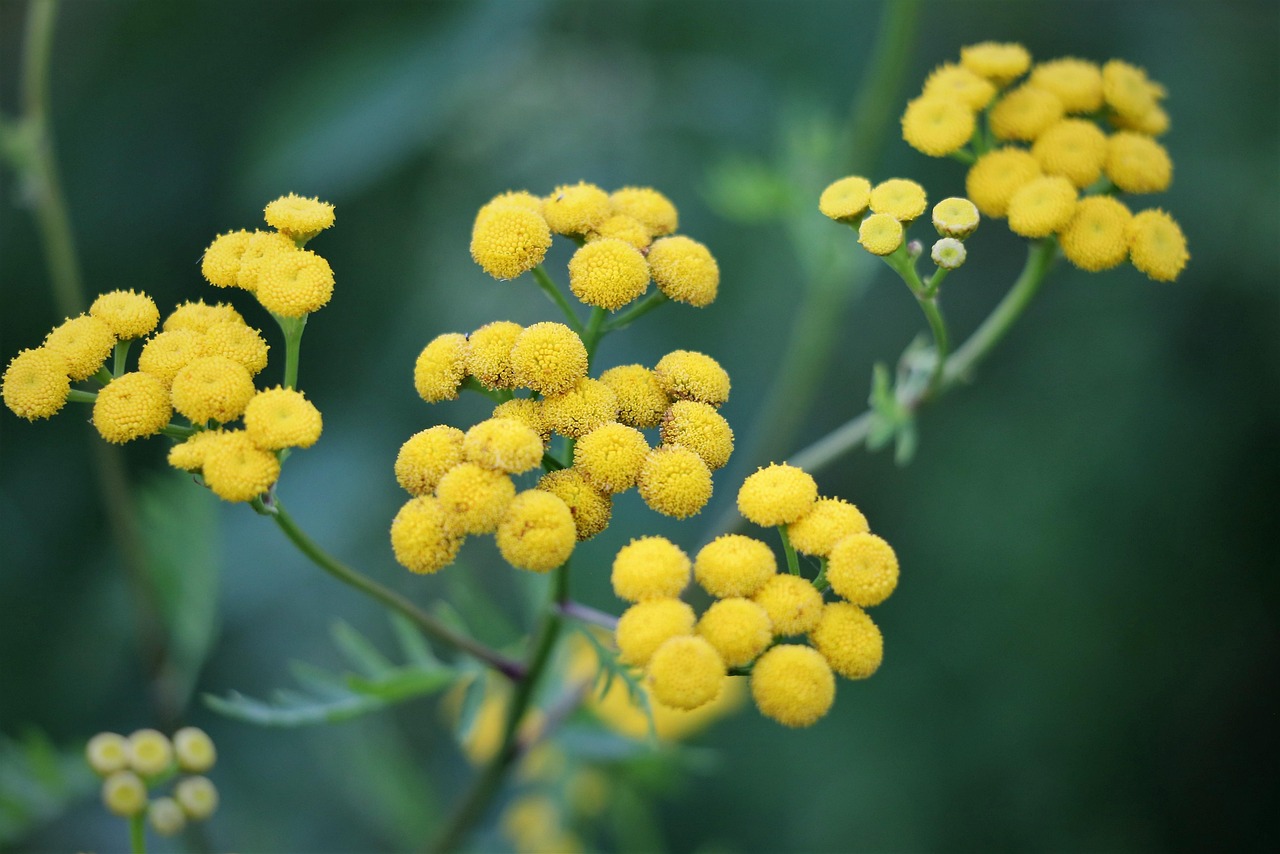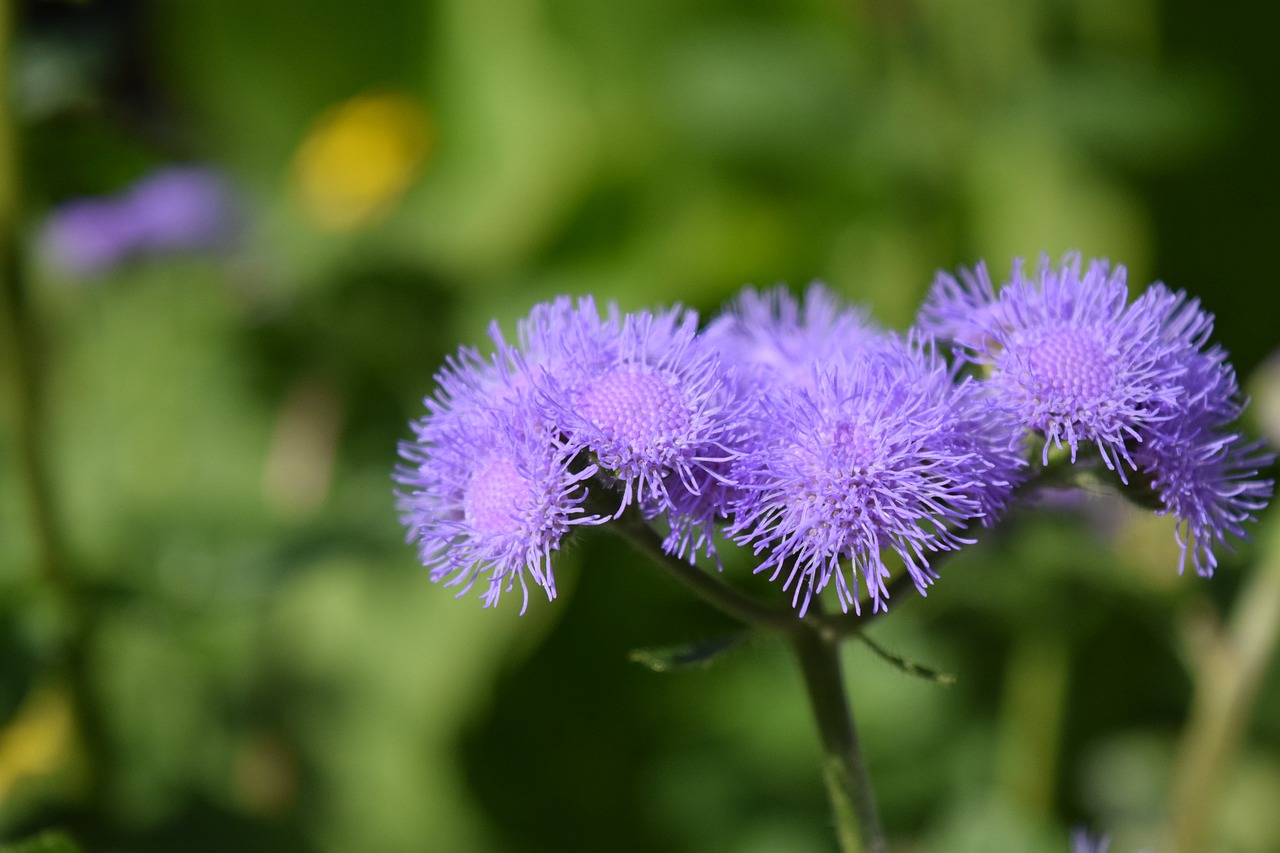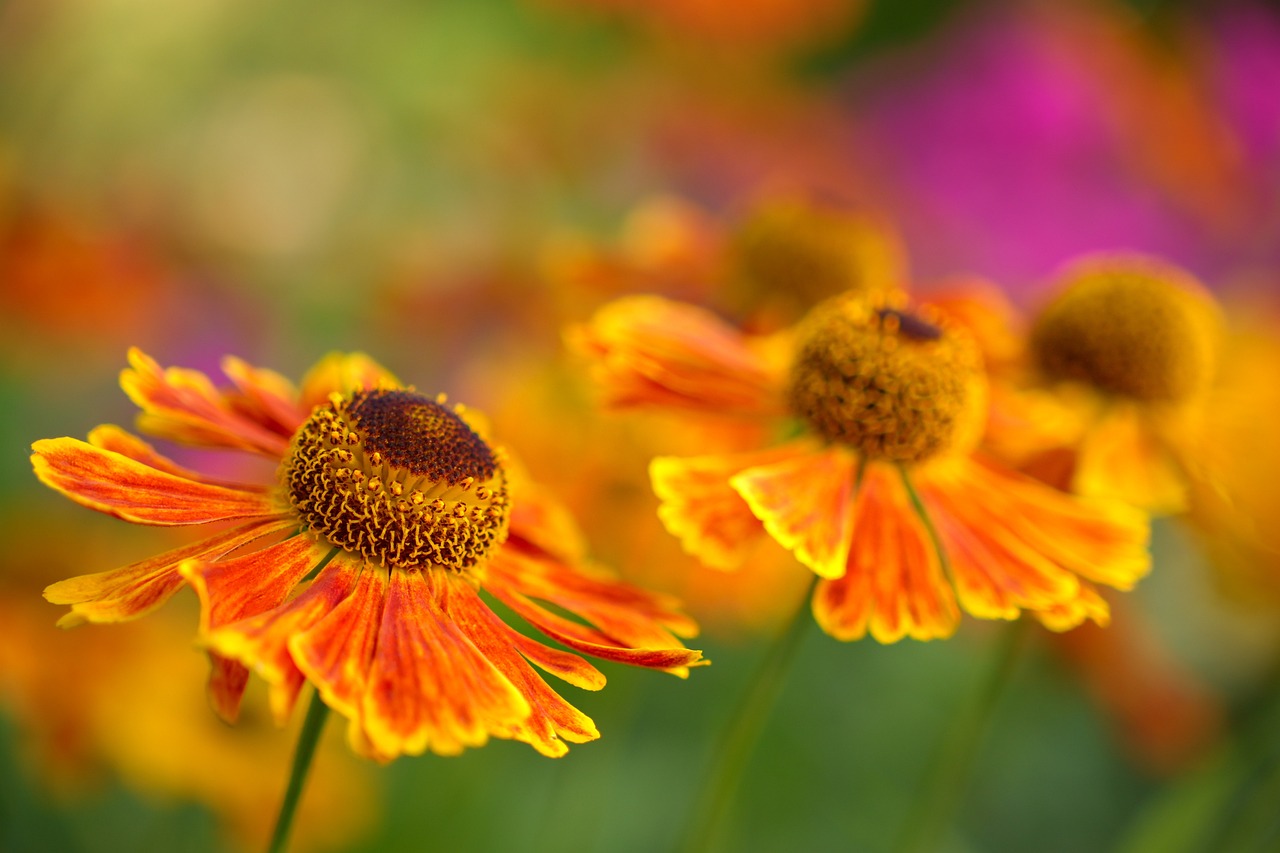Yarrow | A Herb Symbolizing Healing and Faith in Medieval Europe
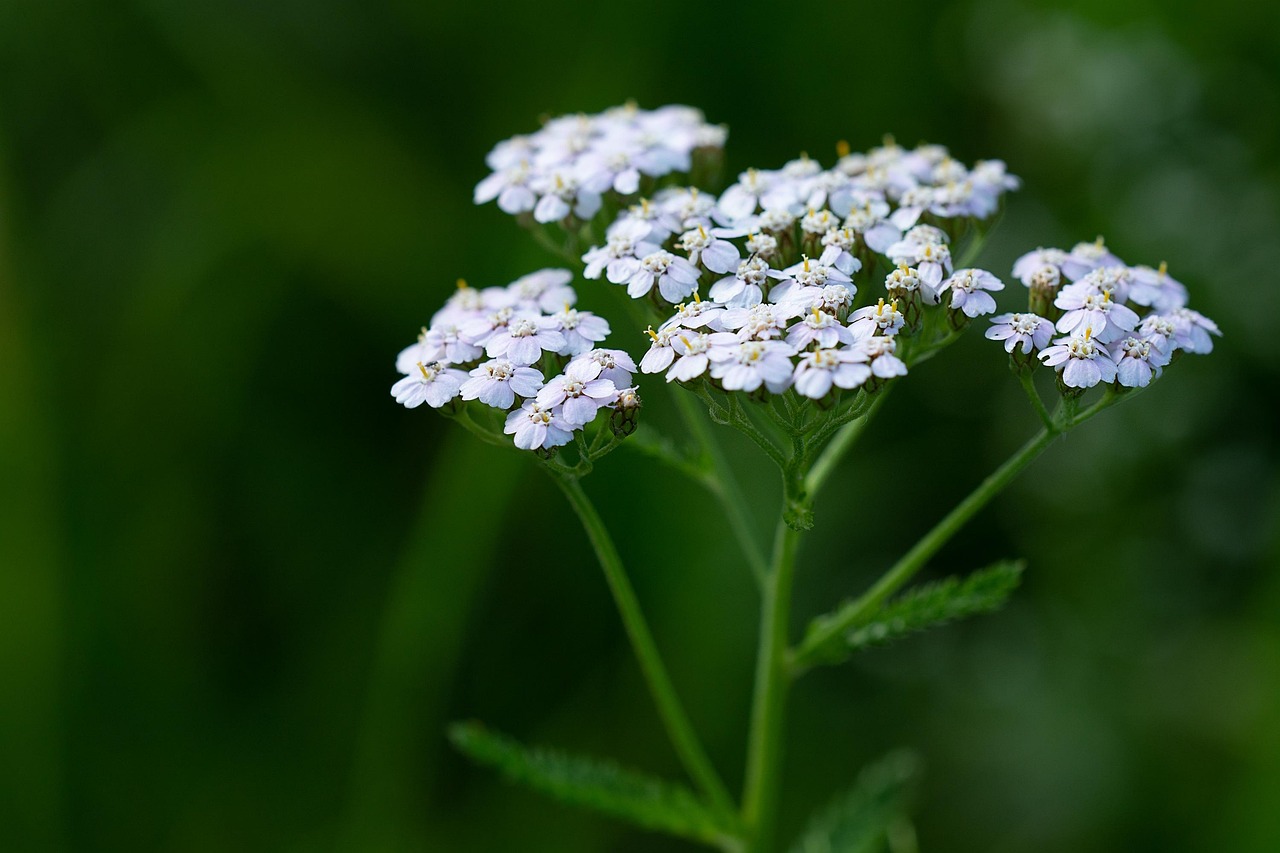
Yarrow is a perennial plant characterized by its finely divided leaves and clusters of small flowers. It is highly resistant to cold and drought, and it grows widely in wild meadows as well as in gardens.
In this article, I will explain in detail the basic information about yarrow, its cultural and historical significance, and practical advice on how to cultivate it.
Basic Information
- Scientific name: Achillea millefolium
- Family: Asteraceae
- Origin: Europe, northern Asia, North America
- Appearance: It has finely pinnate leaves and produces dense clusters of small flowers at the top of its stems. The flower colors vary—white, pink, yellow, red—depending on the variety.
- Blooming season: From early summer to autumn, blooming over an extended period.
Cultural Significance Around the World
Yarrow has long been cherished, particularly in Europe, where its unique leaf shape and vitality gave it symbolic meaning in many regions.
In medieval Europe, it was widely seen in gardens and fields, and due to its resilience, it was sometimes referred to as the “flower of warriors.”
In Germany and France, it was also associated with love and was used in fortune-telling and added to bouquets.
In North America, Indigenous peoples regarded it as a sacred plant and used it in rituals.
In Britain and Scotland, it was traditionally planted around homes as a protective charm against evil.
In China, its elegant appearance made it a popular subject in poetry and painting.
In Japan, it has increasingly been cultivated as an ornamental plant and incorporated into Western-style gardens.
Historical Episodes
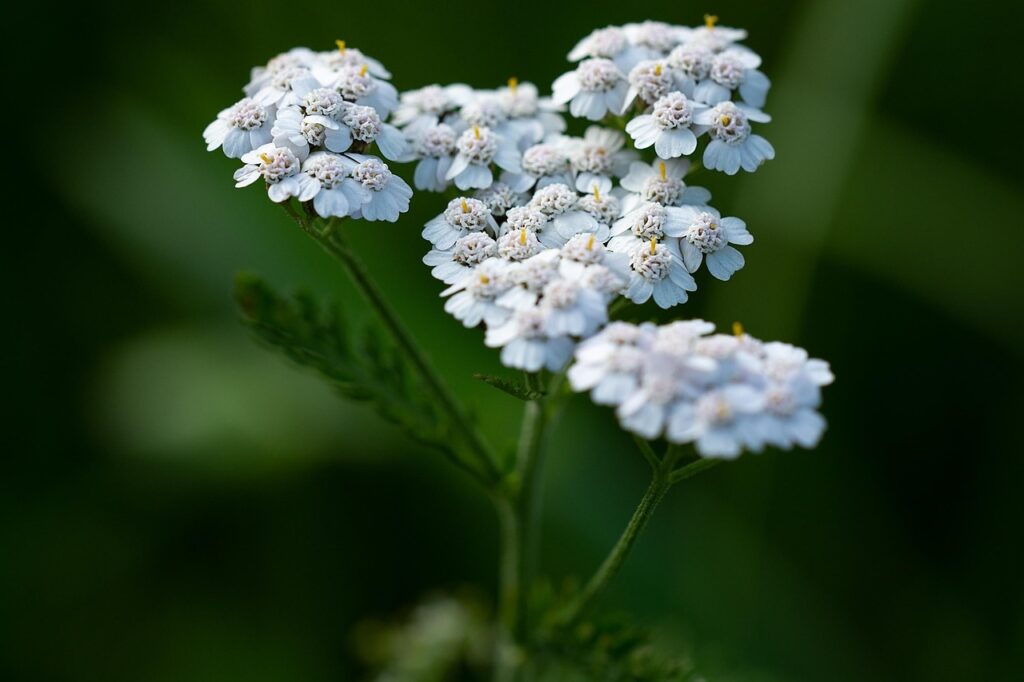
The scientific name Achillea millefolium derives from the Greek hero Achilles.
According to legend, during the Trojan War, Achilles used this plant to heal the wounds of his soldiers, making it indispensable on the battlefield.
In medieval Europe, it was actively cultivated in monasteries and gardens for a variety of purposes.
In Britain and France, it was planted along garden borders and in meadows, contributing to the landscape.
In the 19th century, it spread to North America, where it became naturalized across prairies and roadsides.
Today, yarrow is grown worldwide not only as an ornamental plant but also thrives widely in the wild.
Gardening Advice
Yarrow is hardy and easy to grow, but creating the right environment is important for healthy growth.
Sunlight
It prefers full sun. Growth becomes poor in shaded areas, so I recommend planting it where it receives as much direct sunlight as possible.
Watering
Since it is drought-tolerant, minimal watering is sufficient. Water only after the soil has completely dried. Avoid excess moisture.
Soil
It thrives in well-drained soil. Sandy soil or light potting soil mixed with leaf mold is suitable. It can grow even in poor soil, so rich soil is not essential.
Fertilizer
It generally requires little fertilizer, but a small amount of organic fertilizer during the growing season will encourage healthy growth. Over-fertilization can cause the stems to fall over, so caution is necessary.
Cold Resistance
It is hardy and can withstand cold climates without special winter care. As a perennial, it blooms year after year.
Conclusion
Yarrow is a perennial plant with finely divided leaves and dense clusters of flowers, cherished around the world.
In Europe, it was known as the “flower of warriors,” while in North America it was considered sacred.
Its name, derived from the hero Achilles, and its history of cultivation in medieval gardens and monasteries highlight its deep cultural background.
Strong against both drought and cold, it is easy to grow in sunny places. With its wild beauty, it is also a charming accent in gardens.


